The Netherlands might be a small country but don’t be fooled! The country is divided into 12 provinces, each one home to unique landscapes and cultures.
Whether you’ve lived here for two or 10 years, you must have wondered about the Netherlands’ history and development as a country at least once, right?
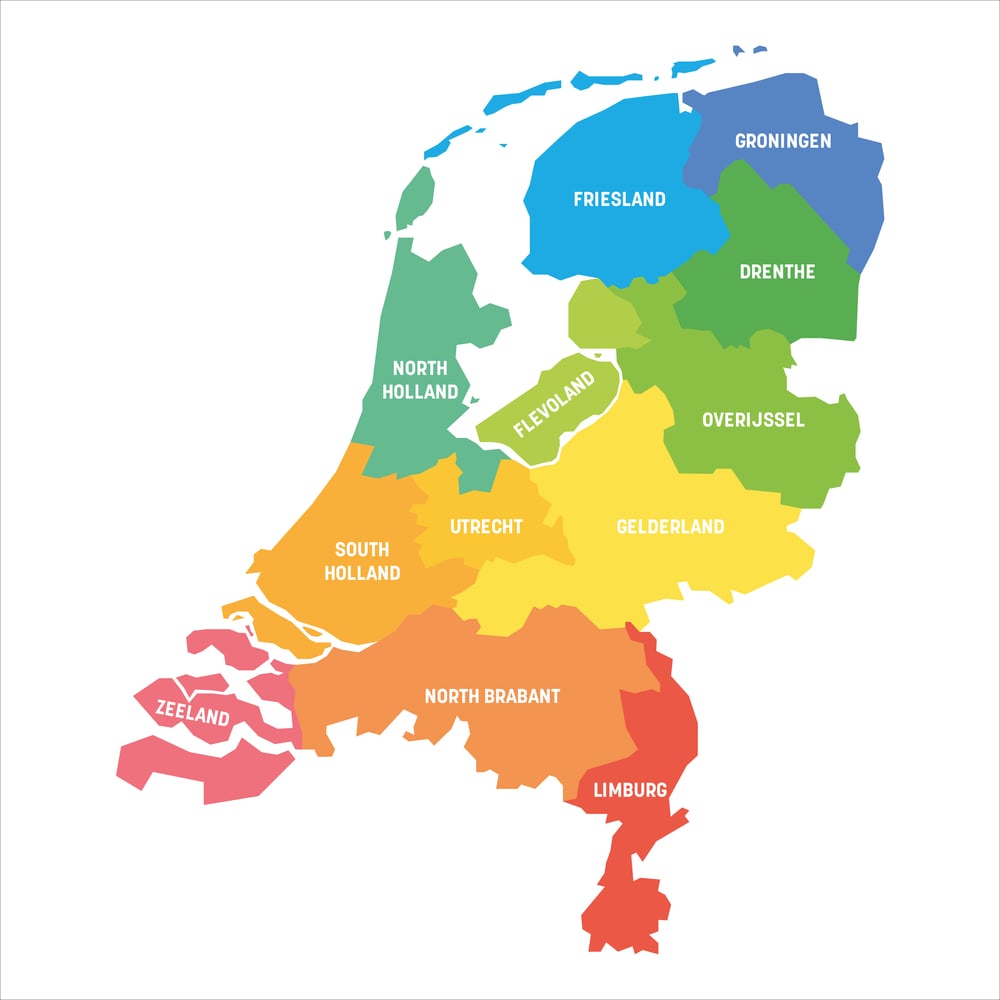
Without further ado, here’s the easy guide to the provinces of the Netherlands — and their must-see highlights!
The Randstad provinces of the Netherlands
The Randstad is in the western region of the Netherlands, containing the largest cities in the closest proximity. (Psst: the name is the same as the international company, so don’t confuse them 😉).
READ MORE | What is the Randstad? The complete explainer
And to avoid further confusion, yes, there is a North and South Holland and no — “Holland” isn’t technically interchangeable with the Netherlands.
North Holland: going beyond Amsterdam
North Holland sits along the coast of the Netherlands. It’s surrounded by bodies of water, including the North Sea, the Wadden Sea and the IJssel lake.
Amsterdam, the cultural and country capital, resides here and is incredibly famous for its museums, bicycles, and weed — but it doesn’t take all the glory in this Dutch province.
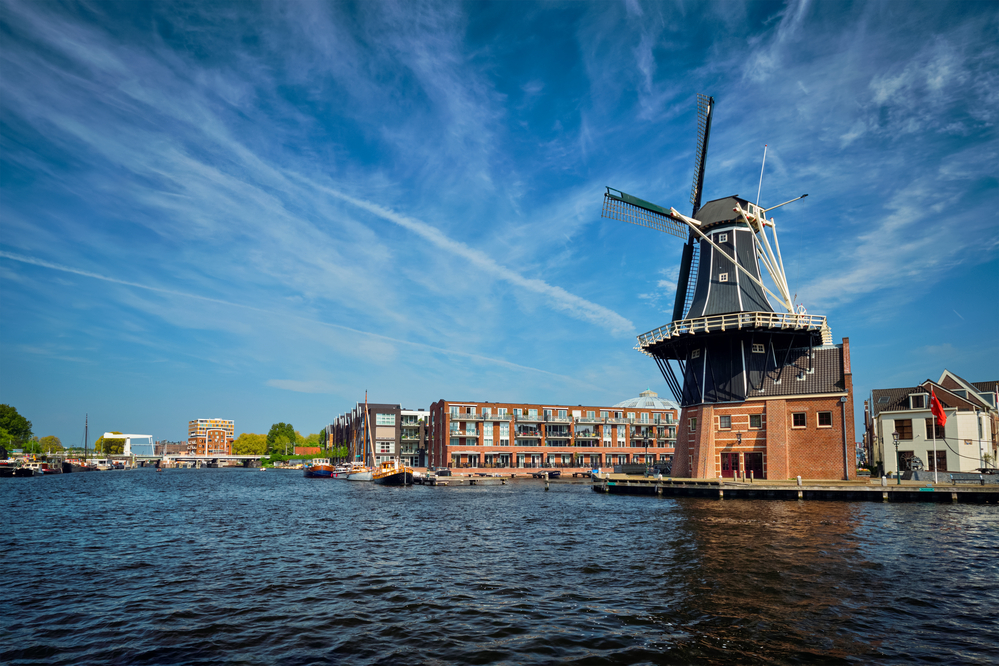
That’s because the next most populated city, Haarlem, is the province capital. Haarlem is 30 minutes away from the coast by public transport (hello, beach! 🏖) and is filled with fascinating museums and a bustling city centre.
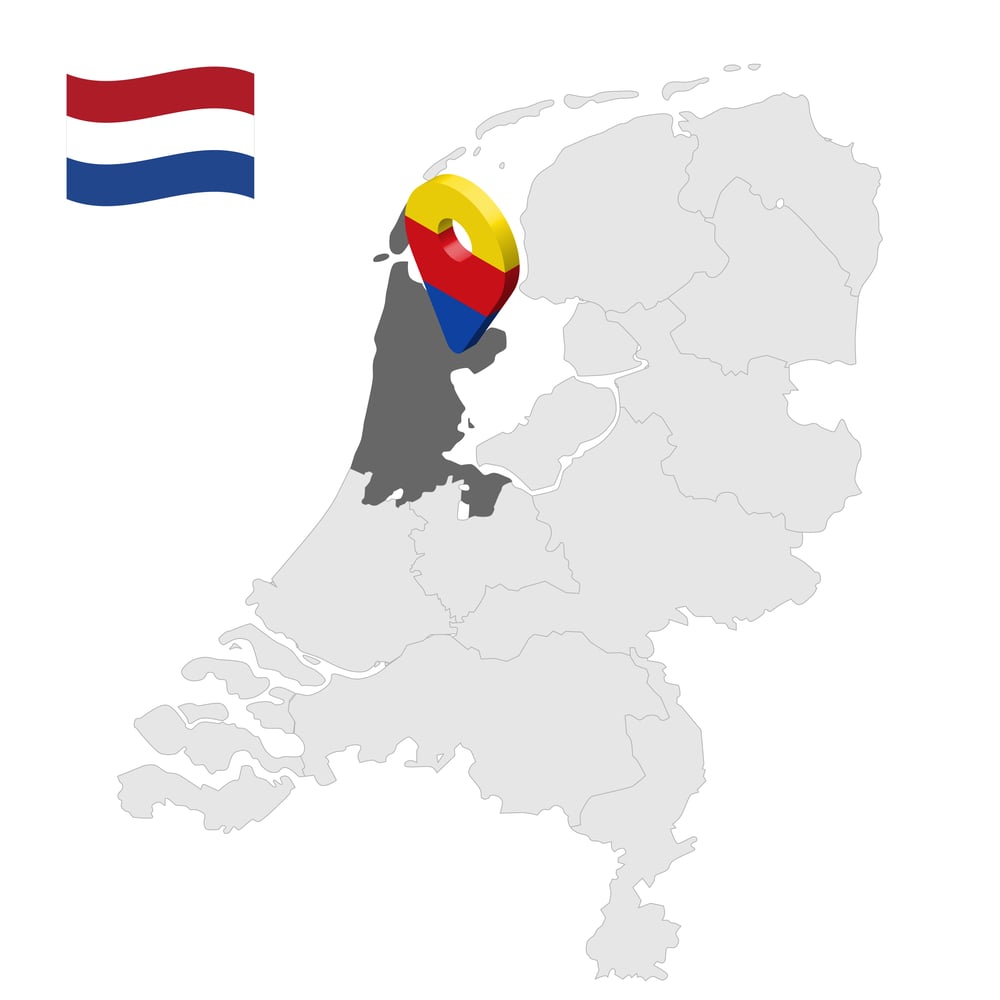
There are plenty of other popular sites in North Holland like Alkmaar and its cheese markets, several beaches (a major German tourist destination) and the island of Texel.
Highlights of North Holland
The Netherlands is known for tulips and windmills — and you can find both of them in North Holland!
Tulip fever during the 1600s had its home with Amsterdam’s merchants, and North Holland retains most of the tulip fields until now (and hopefully nothing else from that century).
If windmills are more your style, you can find Zaanse Schaans in North Holland, famous for its historic windmills from the 1500s.
⭐ Province capital: Haarlem
💁♂️ Population: 2.8 million
💬 Known for: Amsterdam, tulips, and beaches
South Holland: home of the second Dutch capital (yep!)
South Holland takes up the southern stretch of the Netherlands’ coast (even more beaches to enjoy ☀️). It’s the most populated province in the Netherlands, with about 3.7 million residents. 🤯
And indeed, this is where the Netherlands has a second capital city: The Hague is the seat of Dutch and international political power, hosting the parliament, the royal family, and the International Court of Justice! 👑
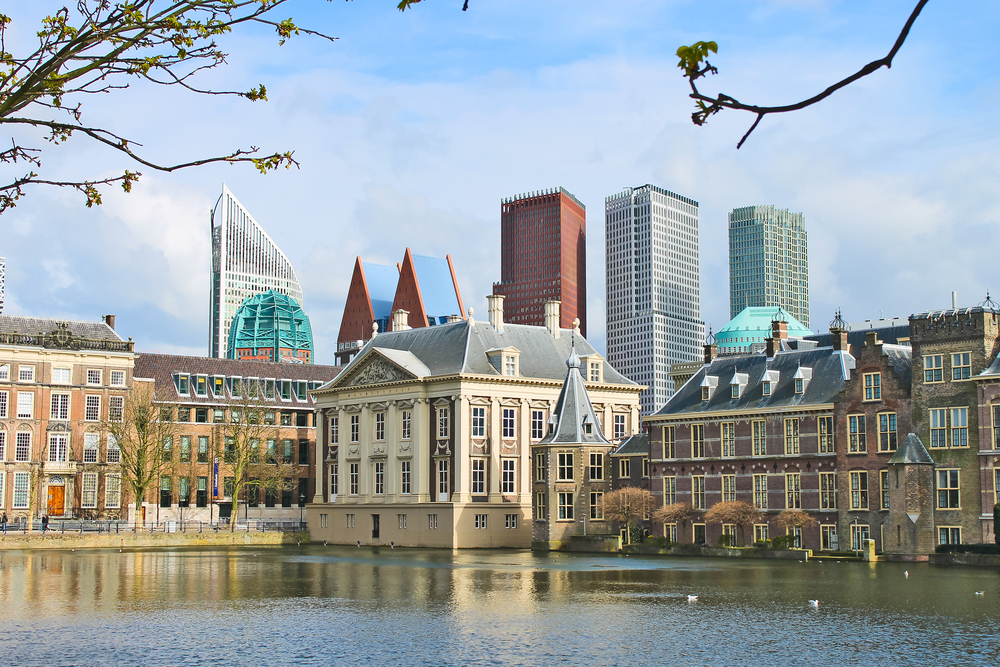
Of course, there are many other beautiful places to visit in the South Holland province. We particularly like the small-town Delft, which is the hometown of artist Vermeer, the student city Leiden (and DutchReview’s headquarters), and the metropole Rotterdam — a city so heavily bombed in WWII that it had to be virtually entirely rebuilt!
Highlights of South Holland
Rotterdam’s architecture is a sight to see for anyone interested in architecture and history, or perhaps a relaxing stroll across De Pier in Scheveningen suits your taste.
⭐ Province capital: The Hague
💁♂️ Population: 3.7 million
💬 Known for: Modern architecture, student cities, international organisations
Utrecht: not just a city
The smallest province of the Netherlands, Utrecht is the final piece of the Randstad. The province’s largest city and capital also happens to be named Utrecht — how confusing. 😬

Utrecht is the centre-most region of the Netherlands, and for that reason, Utrecht Centraal is the largest train station in the country, connecting the Randstad cities to the north, east, and south — up to 215,000 people come in and out of this station daily!
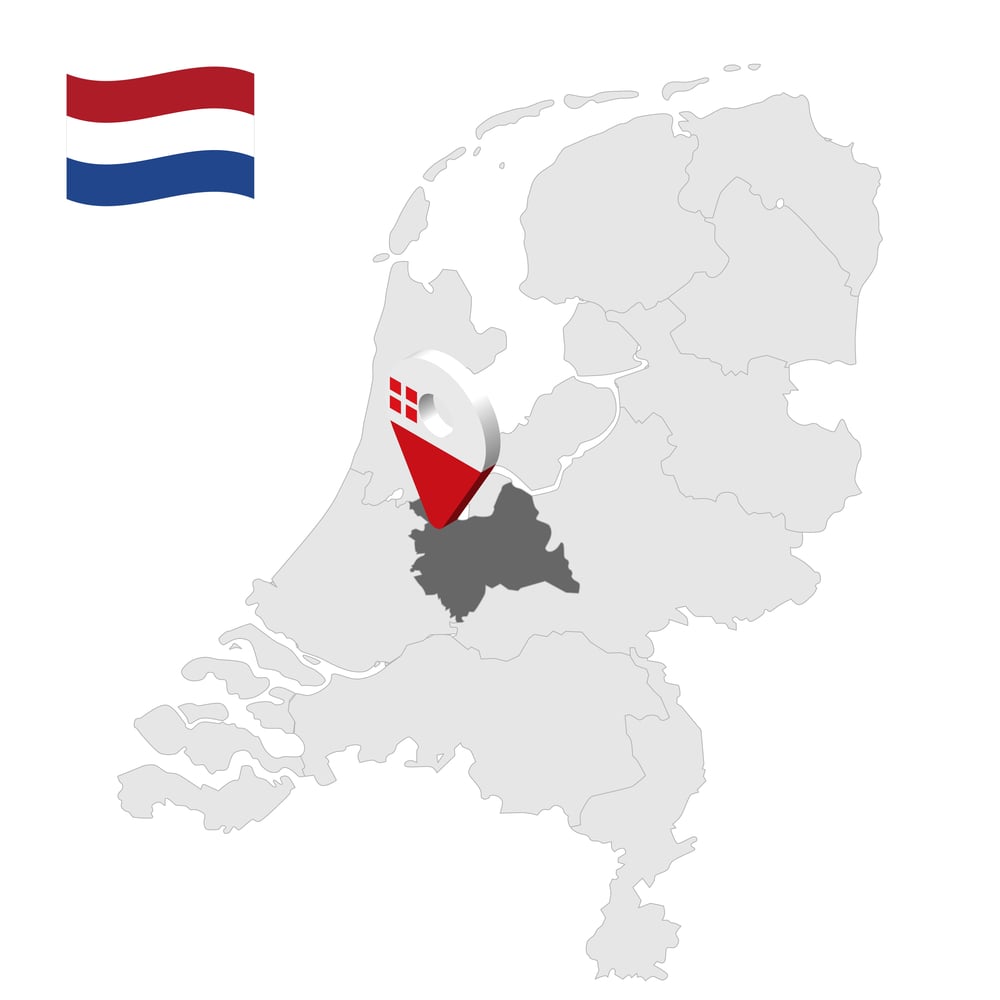
Beyond the capital, northern Utrecht has many lakes formed by digging peat out of bogs, and most of the region is mainly barren soil, but the local government planted pine trees. The landscape also features small rivers and vast meadows. ☘️
Highlights of Utrecht
The province of Utrecht has many nature reserves and outdoor activities, such as the Utrechtse Heuvelrug National Park and DierenPark Amersfoort.
If you’re more interested in historical landmarks, there are plenty of old castles to visit, such as the medieval Duurstede Castle and Zuylen Slot.
⭐ Province capital: Utrecht
💁♂️ Population: 1.3 million
💬 Known for: Medieval castles, nature reserves
The northern provinces of the Netherlands
The northern region of the Netherlands is a fusion of coastline, farmland, islands, and fascinating history.
Groningen: the most remote Dutch student city-province
Groningen is the northernmost province on the Dutch mainland. It’s a largely rural province that is mainly used for agricultural purposes. 🧑🌾 Groningen is rich in natural gas, but its extraction from the reservoir has caused several very strong earthquakes in the region.

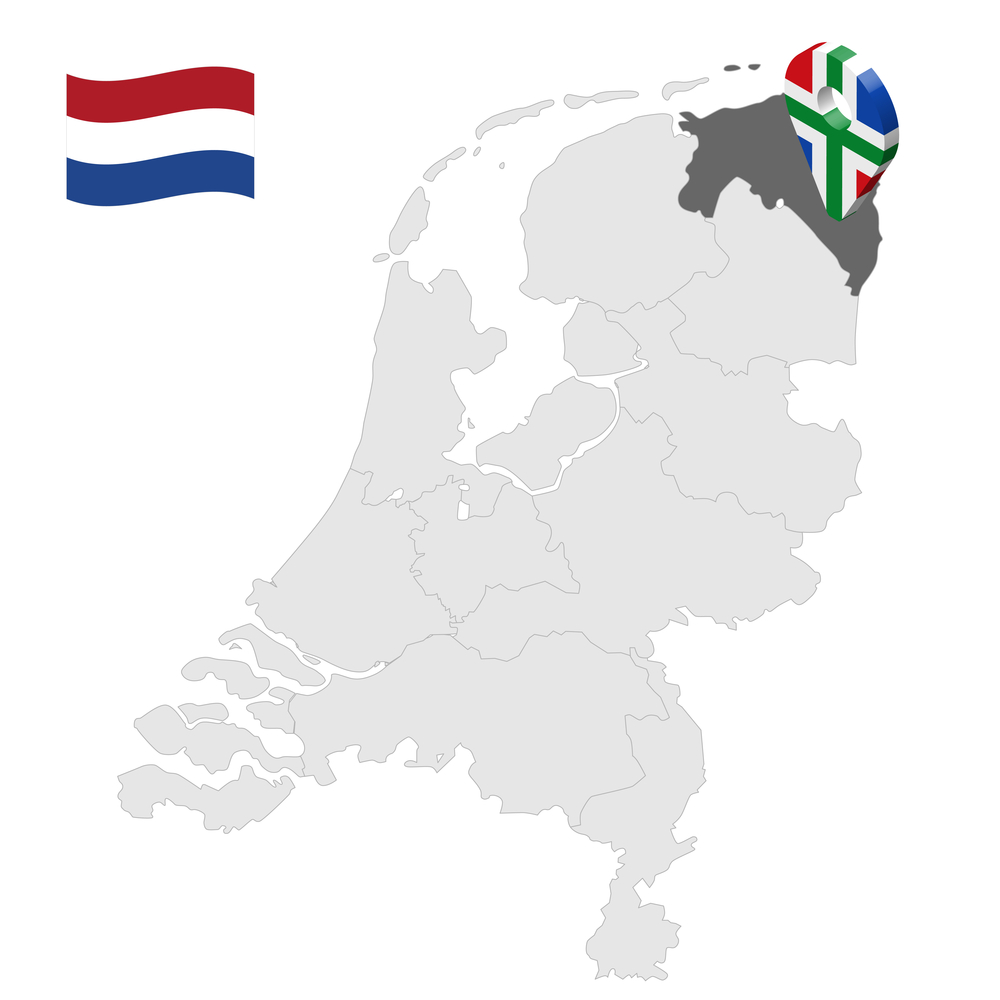
Groningen is another Dutch province that, like Utrecht, shares a name with its capital — even more confusion! The city of Groningen is home to the University of Groningen, one of the most remote student cities in the Netherlands.
The province’s increased popularity has led to one of the worst cases of a chronic housing shortage in the Netherlands. 😬
Highlights of Groningen
For the best views of Groningen’s historical city, climb the beautiful Martinitoren for an equally stunning view of Groningen city from above. The tower is almost 100 metres tall and was built 500 years ago in Grote Markt.
If heights aren’t your thing, you can tour the Menkemaborg in Uithuizen (near the northern coast of the Netherlands), a castle built for nobility back in the 17th and 18th centuries.
⭐ Province capital: Groningen
💁♂️ Population: 858,000
💬 Known for: Remote student cities, earthquakes, sea sports
Friesland: the only province with a different official language
One of the most remarkable characteristics of Friesland is the fact that it has its own language! West Frisian is one of the official languages of this province (alongside Dutch, of course), and the local government has made several efforts to preserve the language.
Fun fact: One of the most popular Dutch last names, ‘De Vries’ and all of its variations, means “The Frisian,” referring to someone from Friesland!
Friesland also hosts the Elfstedentocht (Eleven Cities Tour), the ultimate ice-skating tour along frozen canals, rivers, and lakes. It hasn’t been cold enough to hold it since 1997, but you can visit several monuments near Leeuwarden.

Speaking of Leeuwarden, this hidden gem of the north is Friesland’s biggest city and province capital. You can explore the province’s cultural roots at the Fries Museum or go on a shopping spree in the city centre.
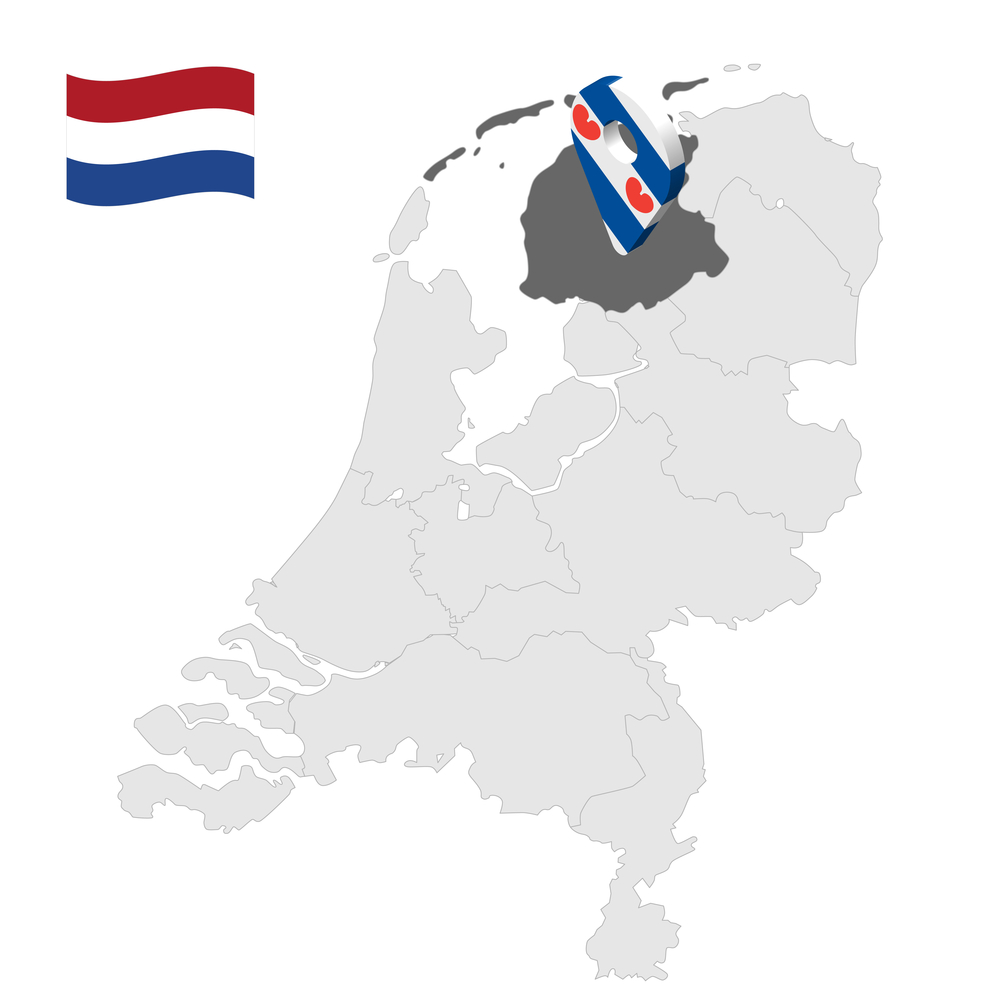
Highlights of Friesland
Alright, if we include islands, Friesland is technically the northernmost province in the Netherlands because it has the Waddeneilanden (Wadden Islands) just off the coast of the Dutch mainland. If you’re feeling particularly adventurous and sporty, you can go wadlopen (mudflat walking) on the Wadden Sea. However, this activity is not ideal for someone looking for a relaxing walk. 😉
Otherwise, if you’re more interested in history and astronomy, check out the UNESCO World Heritage nominee Eise Eisinga Planetarium. It’s the oldest working planetarium in the world, located in Franeker, Friesland. 🌟
⭐ Province capital: Leeuwarden
💁♂️ Population: 650,000
💬 Known for: Ice-skating, islands, the Frisian language
Drenthe: home to the oldest Dutch settlements
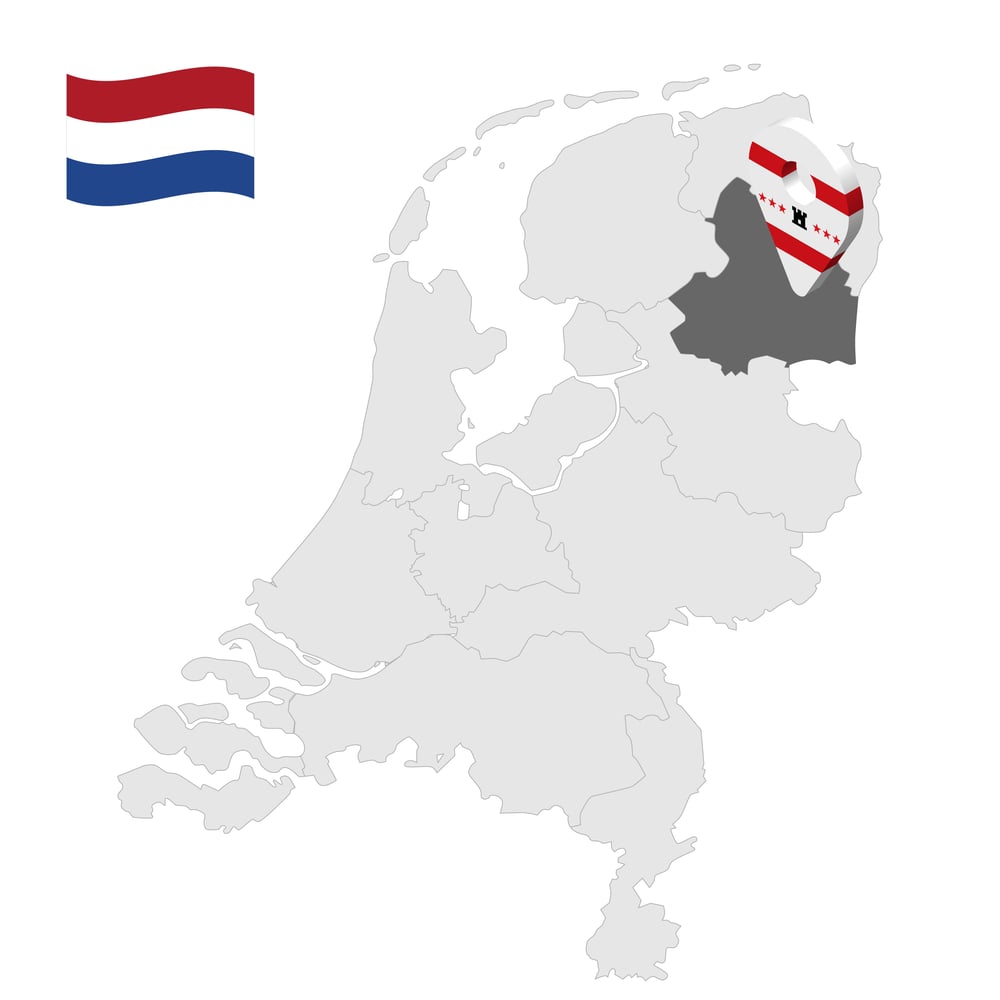
Another primarily agricultural province, Drenthe, is located just below Groningen and borders Germany. There are plenty of interesting landscapes, including peat swamps and sand drifts.
There are quite a few natural sites to see in Drenthe, including the Drentsche Aa, a stream that runs across the whole province and Dwingelderveld National Park. A few Celtic burial grounds remain, but the park was mainly used for agriculture in the past.
Highlights of Drenthe
Drenthe hosts mysterious hunebedden — 5000-year old prehistoric graves made from solid stone after the second to last ice age.
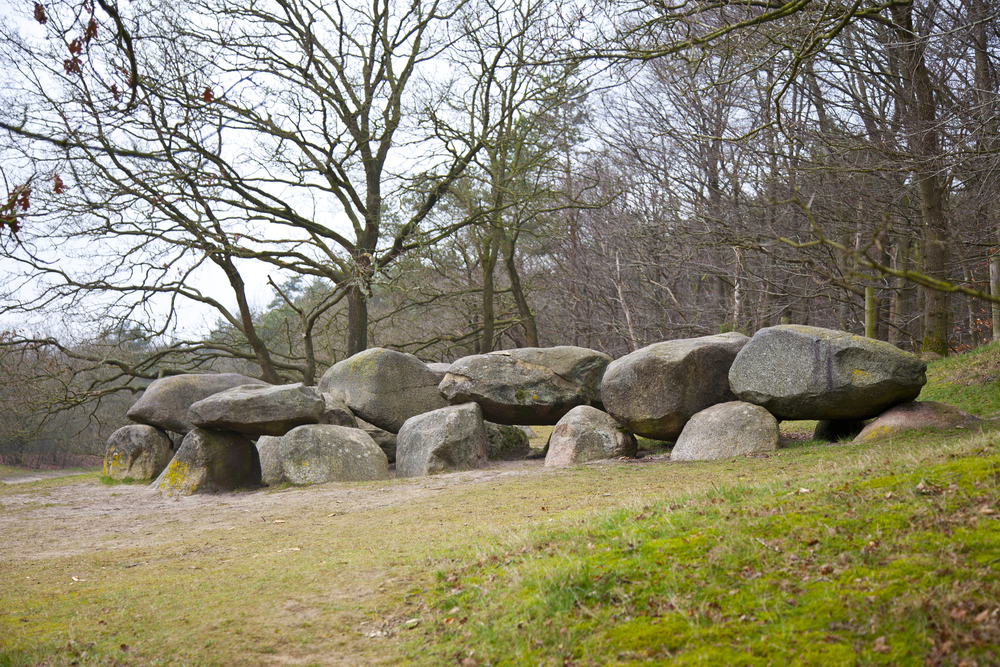
You can visit the Colonies of Benevolence, areas in the provinces established to help alleviate poverty in urban spaces. It recently became a UNESCO Heritage Site!
⭐ Province capital: Assen
💁♂️ Population: 493,000
💬 Known for: Prehistoric and Celtic archaeological sites, unique terrain
Flevoland: the province that used the be the sea
In the late 70s, the Dutch population was growing and real estate was running out. The solution? An amazing feat of engineering! The Dutch pumped the water out of the Zuiderzee (South Sea) for farmland and more real estate — making Flevoland the Netherlands’s youngest province.
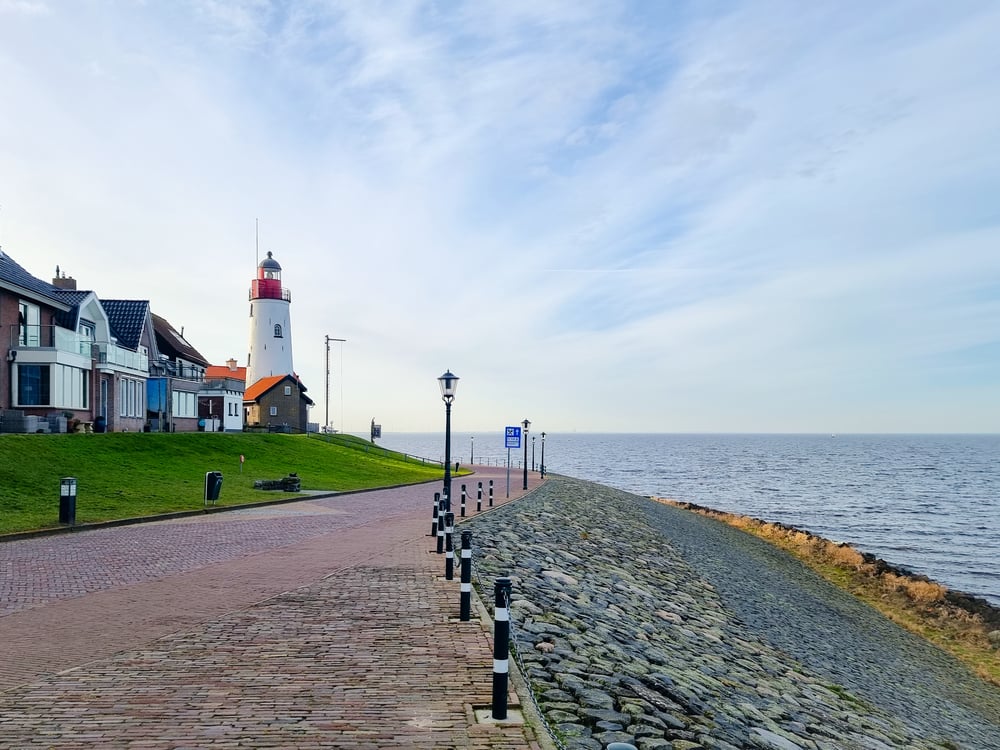

Flevoland hosts Schokland, a mysterious archaeological monument and the Netherlands’ first UNESCO World Heritage site which was awarded to them in 1995! Just around the Northern peninsula, you can also visit the former island of Urk, which became part of the Dutch “mainland” when they reclaimed the sea.
The most populated city in the province, Almere, is also the newest Dutch city — but despite its relative youth, it’s the biggest agricultural centre in all of the Netherlands.
Highlights of Flevoland
Most of Flevoland is used for agricultural purposes but fear not! There are still some fun day-trip activities. Fashionistas should head to Flevoland to shop at Batavia Stad, an outlet mall with plenty of discounts for over 250 international brands.
Any more thrill-seekers should also check out the theme park Walibi Holland, which is about an hour and a half away from Amsterdam by train.
⭐ Province capital: Lelystad
💁♂️ Population: 423,000
💬 Known for: Mostly reclaimed land entirely from the sea
The eastern provinces of the Netherlands
The eastern provinces of the Netherlands make up most of the border to Germany, often resulting in a mix of language, food, and culture.
Overijssel: the province of waterworks (no, we don’t mean tears)

This Dutch provinces’ name translates to “across the IJssel”, referring to the major Dutch river that eventually flows into the IJssel lake. Overijssel shares a border with Flevoland, Friesland, Drenthe, Gelderland, and stretches pretty far east towards Germany.
Many cities in Overijssel were part of the Hanseatic League — a medieval commercial group of merchant guilds across Europe that traded with Germany and the other nations by boat. Today, the extensive water network connects the major cities of Overijssel, like Zwolle, Deventer, and Kampen — not to mention some charming stretches of forests and moors.
Highlights of Overijssel
Overijssel is home to Giethoorn, the Venice of the Netherlands. The old part of the village contains no roads — so the main form of transport is boat! 🛶

You can also spend a day at Slagharen Vacation and Amusement Park, perfect for anyone seeking the thrill of a roller coaster or wanting to spend time with family. 🎢
⭐ Province capital: Zwolle
💁♂️ Population: 1.1 million
💬 Known for Giethoorn and canal networks
Gelderland: another Dutch national park is here!
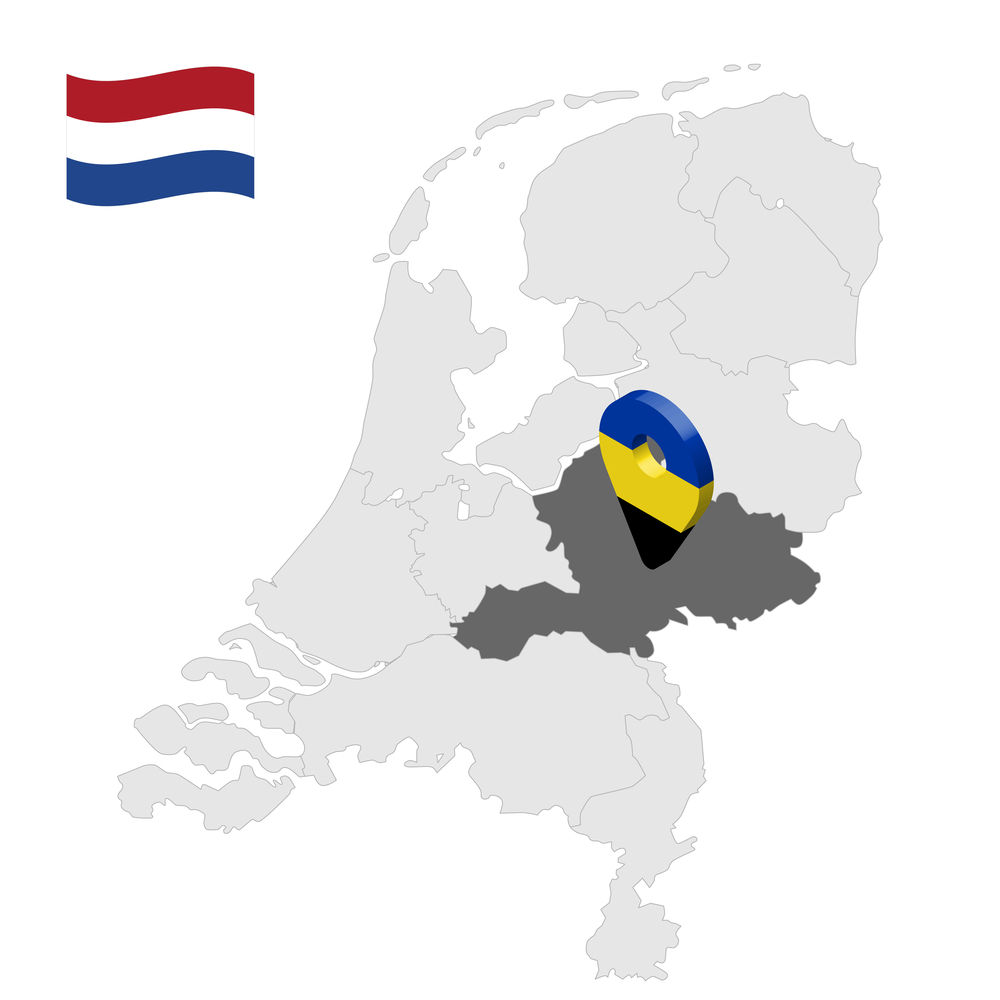
Gelderland occupies most of the eastern region of the Netherlands and is the second-largest Dutch province — it’s a biggie! It hosts three main areas; Betuwe, Veluwe, and Achterhoek, each with unique qualities.
Betuwe hosts the province capital Arnhem and the oldest Dutch city, Nijmegen — Nijmegen has been around since Roman times, celebrating its 2000th year of existence in 2005!
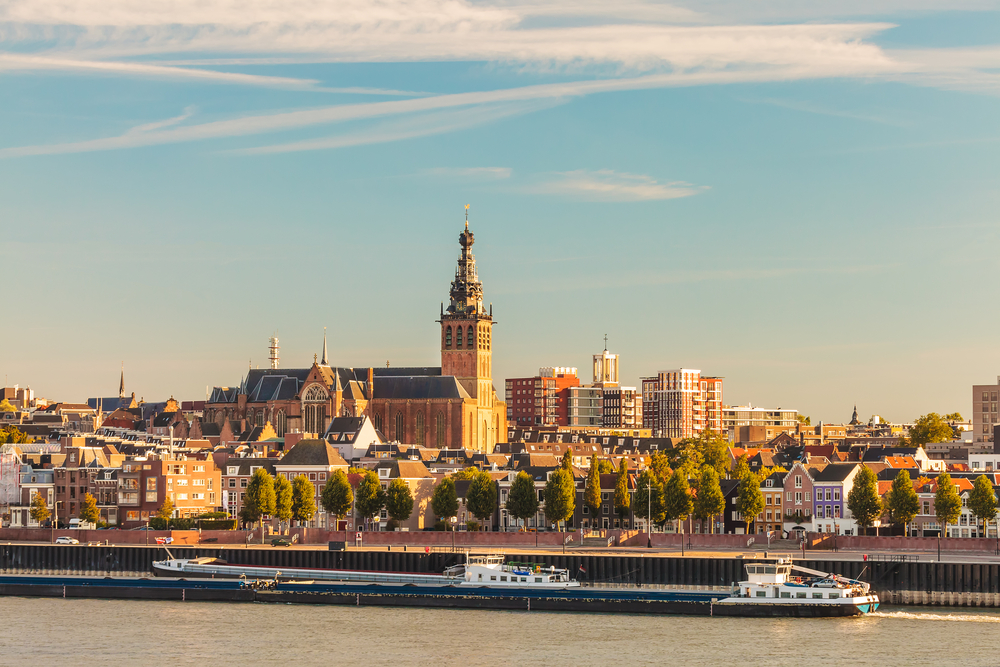
Veluwe is for all nature lovers — it hosts De Hoge Veluwe National Park, a particularly biodiverse region full of beautiful landscapes.
Finally, the Achterhoek translates directly to “back corner” in Dutch because the region is all the way east, bordering Germany. It’s filled with picturesque farms and quaint camp spots — idyllic!
Highlights of Gelderland
Gelderland is perfect if you enjoy nature and the outdoors — you can visit the Netherlands’ Open Air museum, which gives an impression of the life of an average Dutch person from the past centuries and the Appenheul, a sanctuary and zoo for monkeys.
You can also check out the town of Zutphen, one of the best-preserved medieval towns in all of Europe! 🏰
⭐ Province capital: Arnhem
💁♂️ Population: 2 million
💬 Known for: Having the most nature in the Netherlands
The southern provinces of the Netherlands
A wander south in the Netherlands will reward you with the southern provinces. Here the weather is warmer, the guttural “g” is softer, and the rest of Europe stretches just beyond the border.
Zeeland: one word — dam(n)
Much of the Netherlands is below sea level, and Zeeland is the Dutch province most well-known for protecting the rest of the country from flooding daily. This province is home to the DeltaWorks, a massive network of dams, dykes, and levees created to help prevent flooding.

After the Watersnoodramp flooding of 1953, the Netherlands has taken measures to prevent such a natural disaster from ever happening again. The Dutch proved to be the best water management and engineers time after time.
Zeeland is home to many beautiful (and quiet) beaches and is the Netherlands’ capital for seafood, from delicious lobster to fresh mussels. If you’re up for some sightseeing, Zeeland is full of museums about its history, its rich maritime past, and significant military battles.
Highlights of Zeeland
Visit Neeltje Jans, the largest part of the Delta Works. It’s an artificial island built as part of the Eastern Scheldt hydraulic storm surge barrier that closes 40-metre tall gates in the event of a storm!
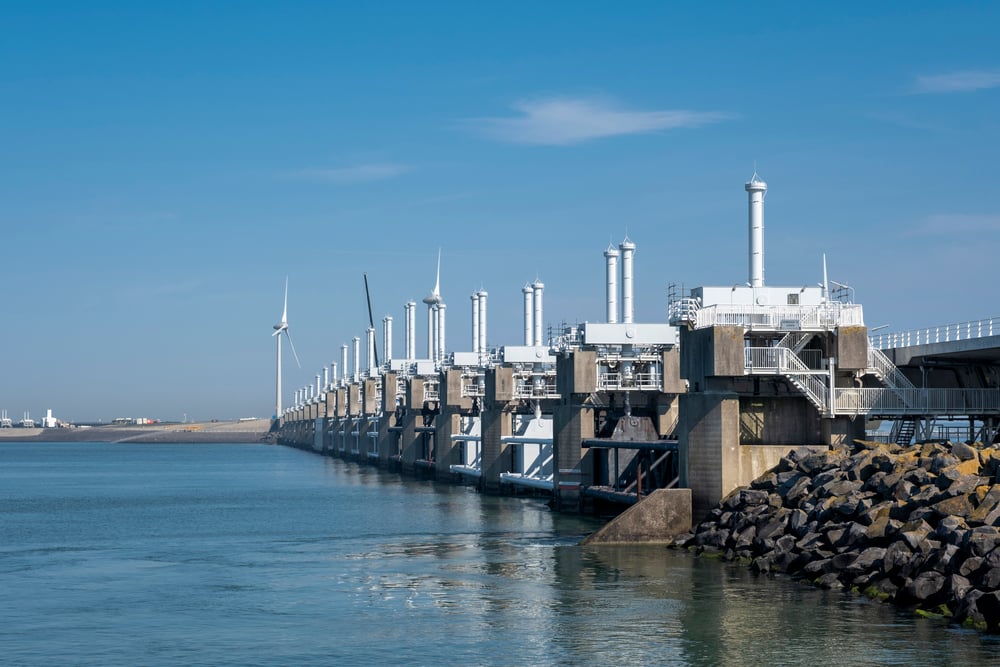
Zeeland’s coast has remnants of defensive bunkers built by the Nazis as part of the Atlantic wall. Any history buffs won’t want to miss these cool chunks (literally) of the past!
⭐ Province capital: Middelburg
💁♂️ Population: 383,000
💬 Known for: Water, water everywhere

North Brabant: the birthplace of van Gogh
North Brabant was technically part of a larger province called, you guessed it — Brabant! Previously, there was also Central Brabant and South Brabant, neither of which exist anymore (don’t worry, they just became part of Belgium’s northern region 🙄).
North Brabant is also home to several lively and innovative student cities, including Eindhoven and Tilburg — what you could consider hidden gems off the main radar of tourists and expats.
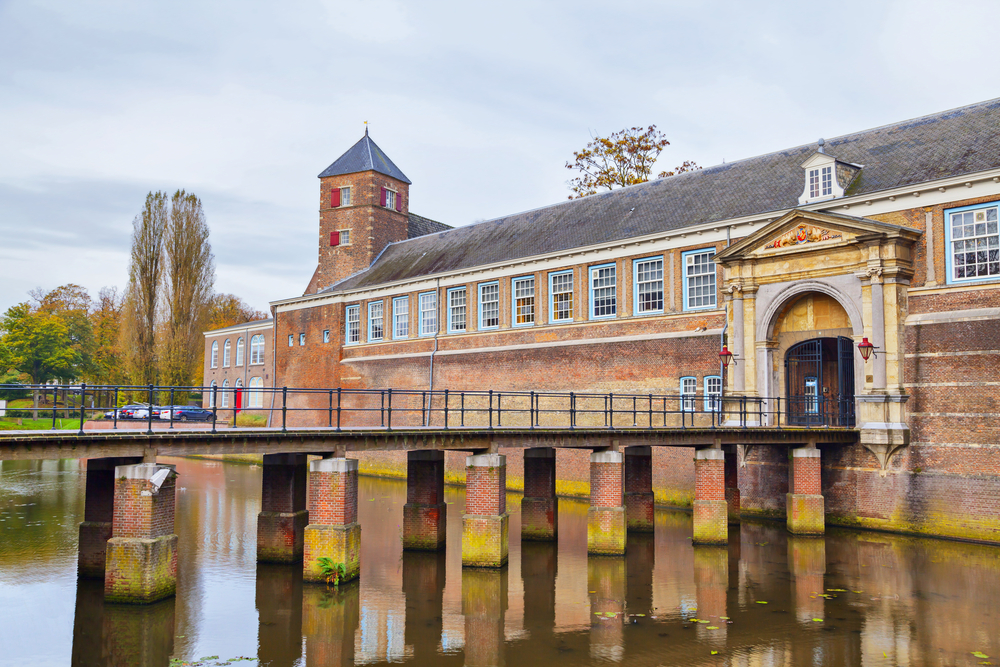
If medieval history is more your thing, you’ll love Breda: a fortified city filled with architecture that’s a feast for the eyes but that also thrives with restaurants, bars, and thousands of students.
Highlights of Noord Brabant
The Efteling is the Netherlands’ largest theme park — it’s twice the size of the original Disneyland in California and is older by three years! It was the second-most visited European theme park in 2020, after Disneyland Paris.
North Brabant is also quite famous for being Vincent van Gogh’s birthplace, one of the most beloved Dutch artists. Much of his artwork is kept in the Noordbrabants Museum.
⭐ Province capital: Den Bosch
💁♂️ Population: 2.5 million
💬 Known for: Amusement parks, Van Gogh
Limburg: the (laughably) highest point in the Netherlands
The Netherlands is notorious for being a flat country, but Limburg is one of the few Dutch provinces that has a bit of elevation because it’s more inland (and therefore, further away from all the reclaimed land). Cue Vaalserberg.
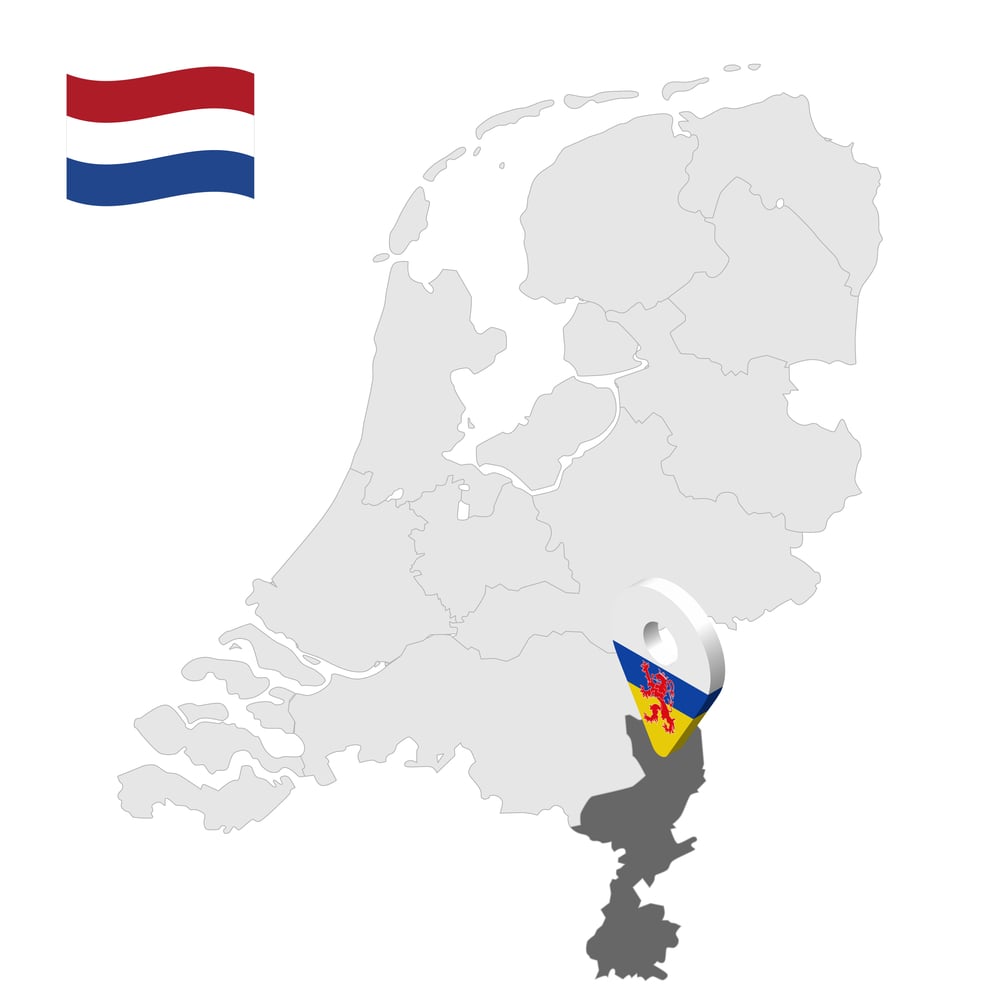
Vaalserberg is the Netherlands’ only mountain standing at 322 metres — how shocking for the Dutch. 😱Vaalserberg is also where Germany, Belgium and the Netherlands meet, known as the Drielandenpunt (three-country point). This location is a popular tourist destination, and there are a few observation towers to check out this point from above.
The province capital Maastricht is another popular tourist location in Limburg and a contender for the most remote Dutch student city. Maastricht feels quaint and is rich in history and culture, from church bookstores, medieval grounds, and a weekly market.
Highlights of Limburg
Limburg has several hiking trails of varying lengths and inclines, so anyone looking for a break from the city or a chance to exercise can find something they like.
The south of the Netherlands is also notorious for its Carnival celebrations, especially in Maastricht and the rest of Limburg. It marks the start of the Christan fasting season of Lent, and Dutchies in these parts go crazy with the parties.
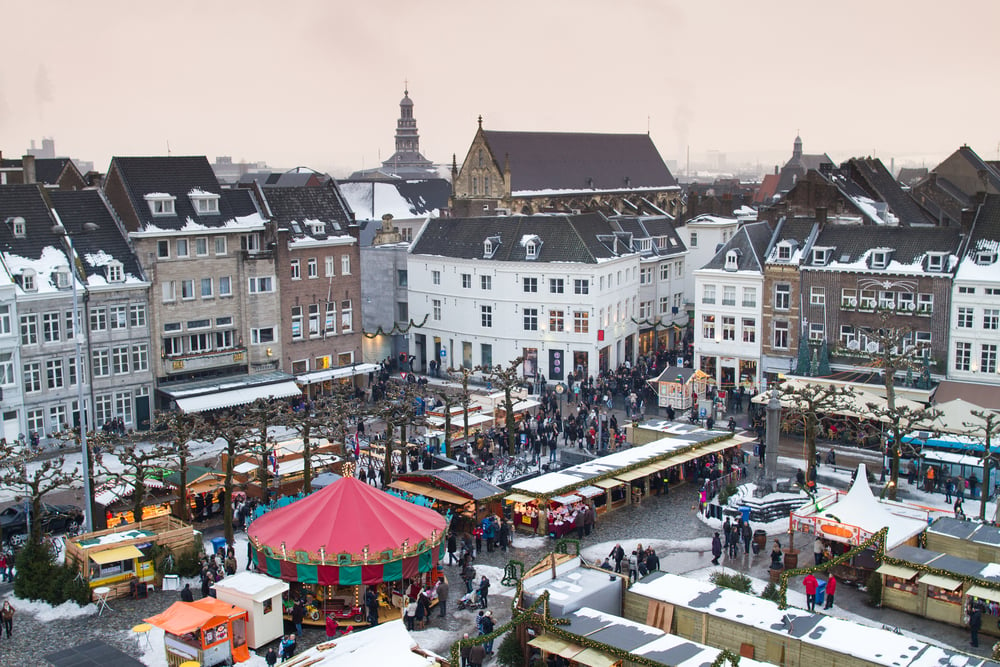
⭐ Province capital: Maastricht
💁♂️ Population: 1.1 million
💬 Known for: Carnival, the only Dutch “mountain”, Limburgse vlaai
Provinces in the Netherlands: Frequently Asked Questions
How many provinces are there in the Netherlands?
There are 12 Dutch provinces: North Holland, South Holland, Utrecht, Groningen, Friesland, Drenthe, Flevoland, Overijssel, Gelderland, Zeeland, North Brabant, and Limburg.
Which Dutch province has the biggest population?
The Dutch province of South Holland has the biggest population with 3.7 million people — it hosts two of the Randstad cities!
Which Dutch province has the smallest population?
Zeeland has the smallest population in the Netherlands with less than 384,000 people living there.
Which Dutch province has the biggest area?
Friesland is 5,749km², including all the water in the IJsselmeer!
Which province has the smallest area?
Utrecht is 1,560km², about 3.5 times smaller than Friesland!
And that’s your breakdown of all the 12 provinces of the Netherlands! Hopefully, you learned something new about each of the provinces and maybe have some inspiration for where you’d like to live or visit next. 😉
Was there something new you learned about? Tell us in the comments below!
Editor’s Note: This article was originally published in January 2022, and was fully updated in August 2022 for your reading pleasure.
